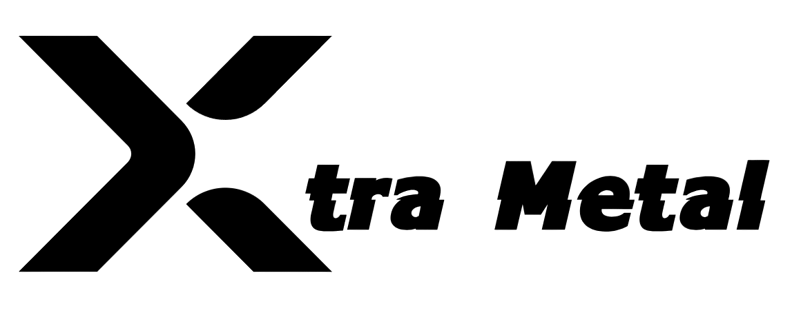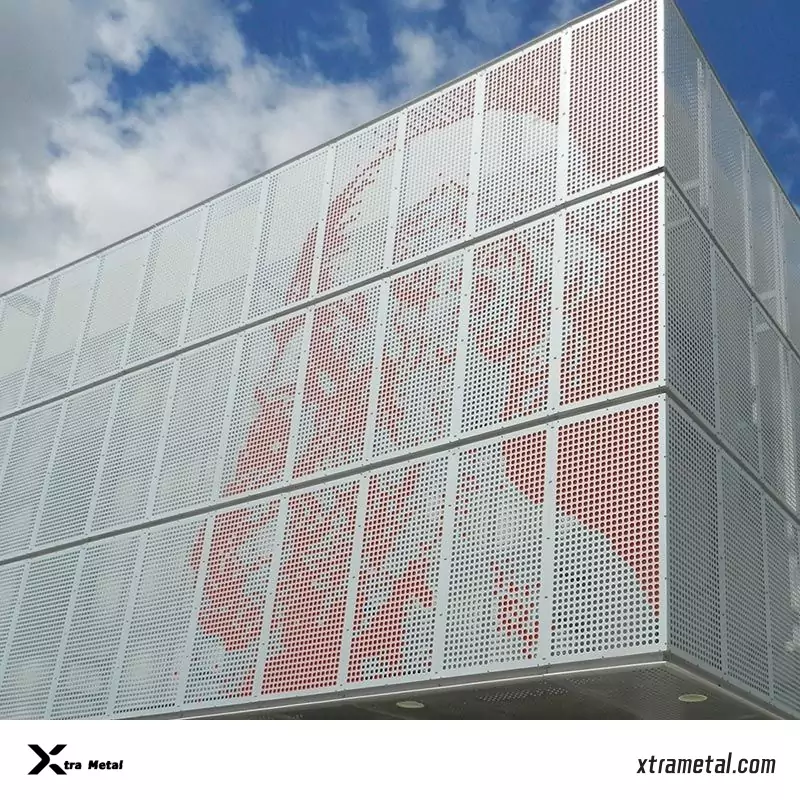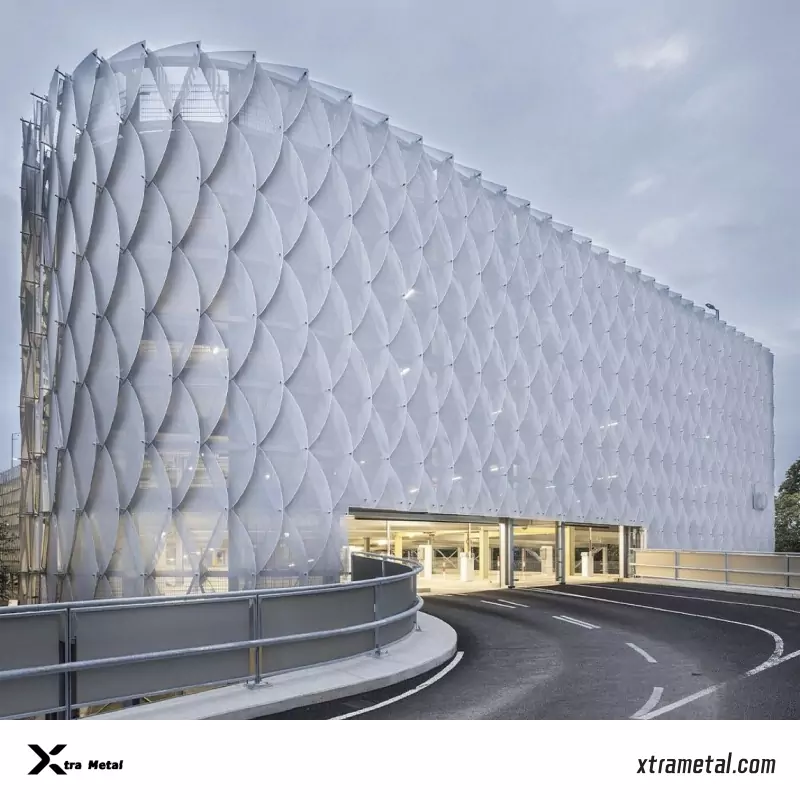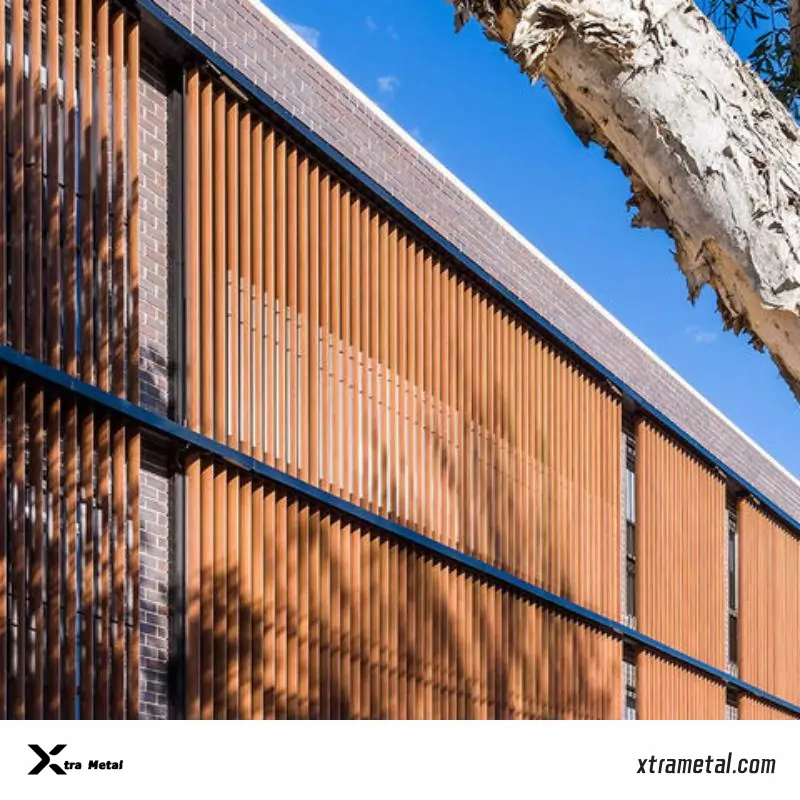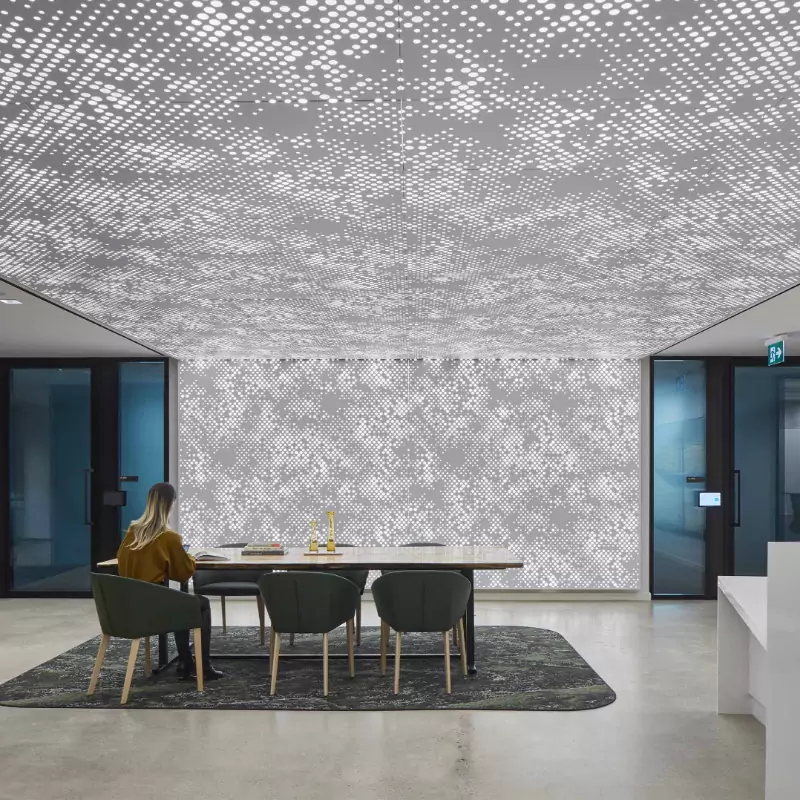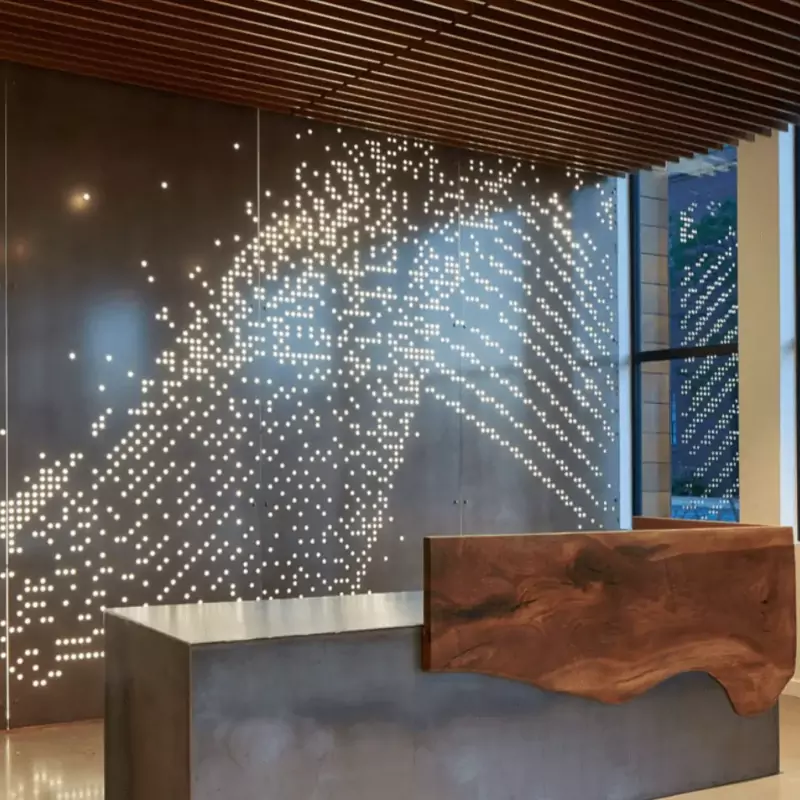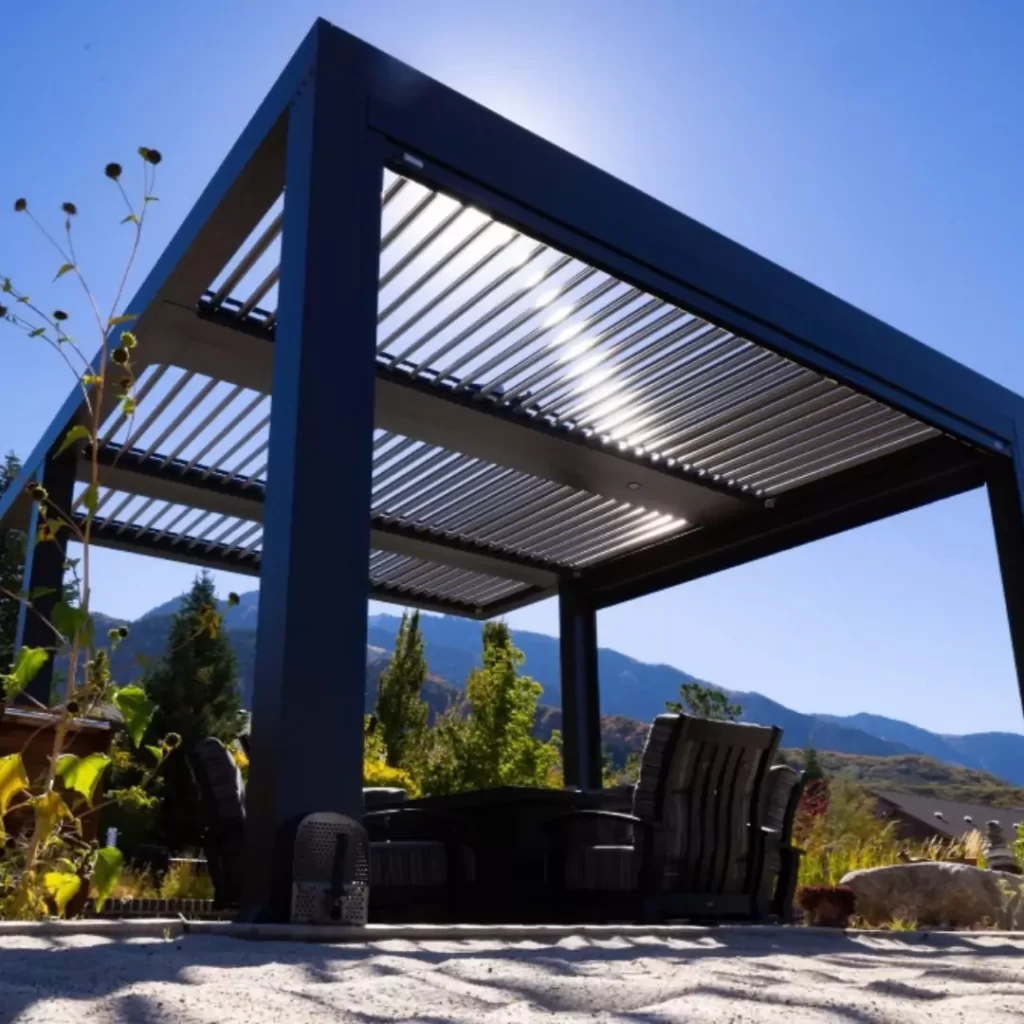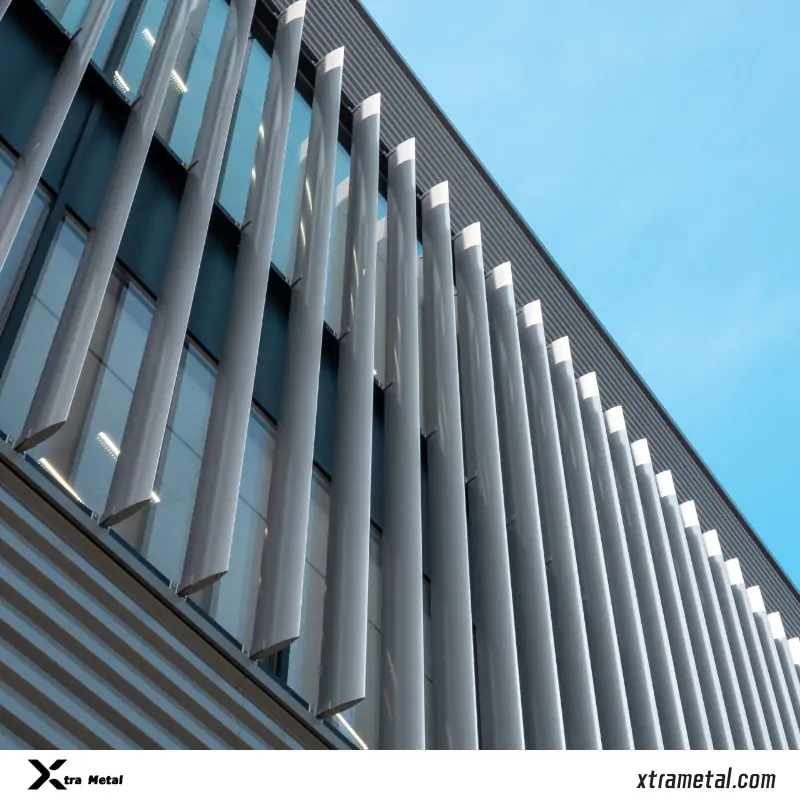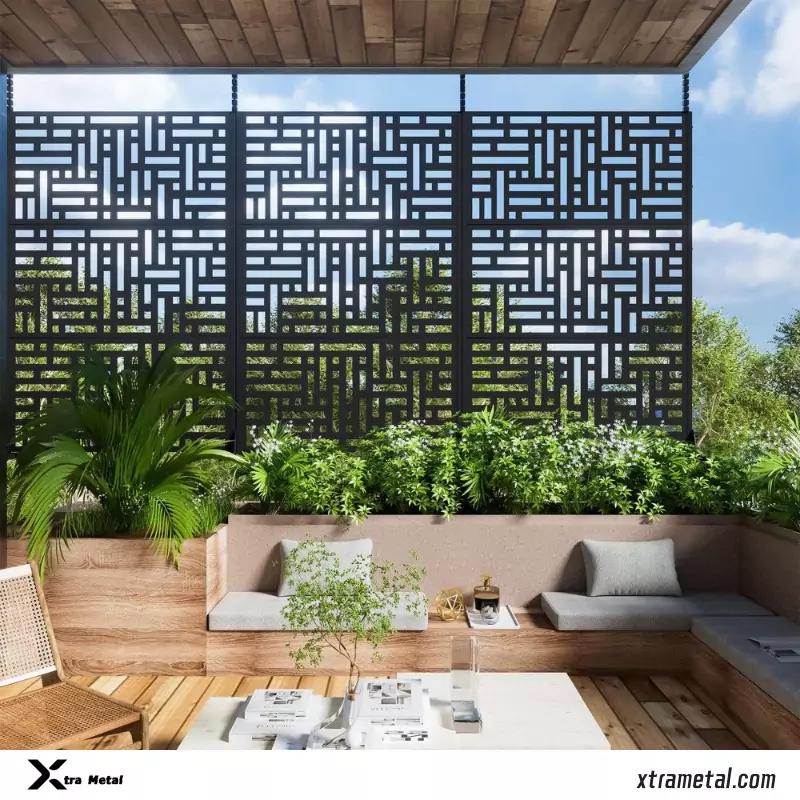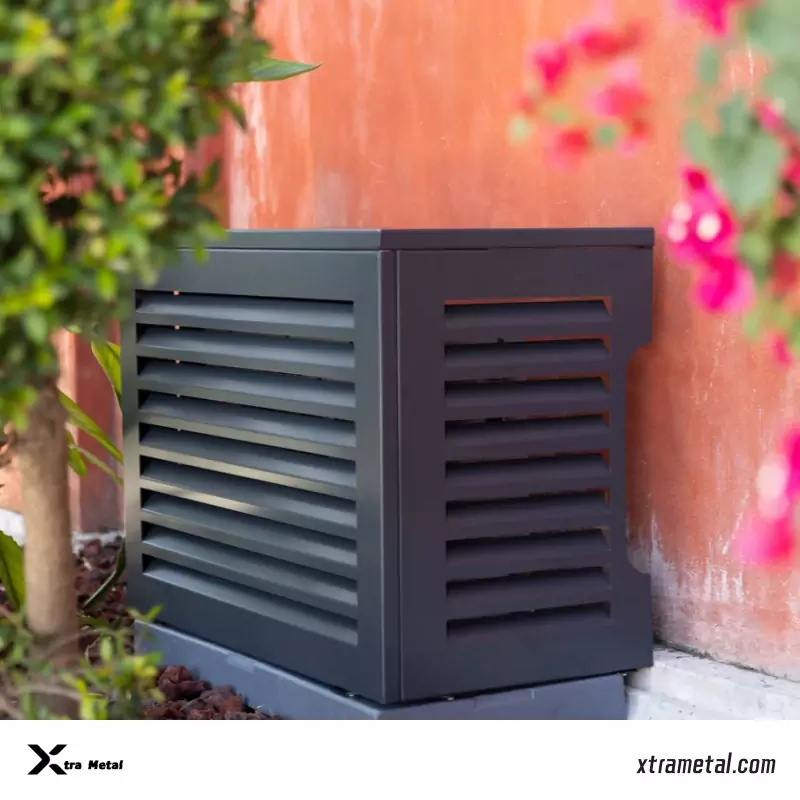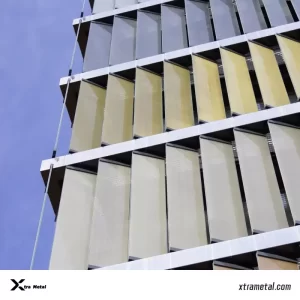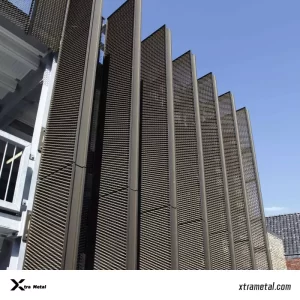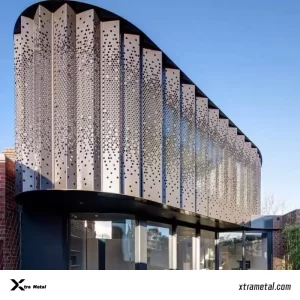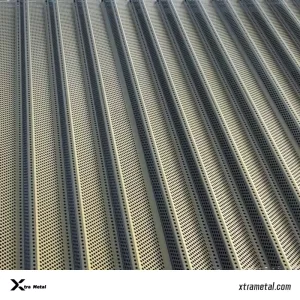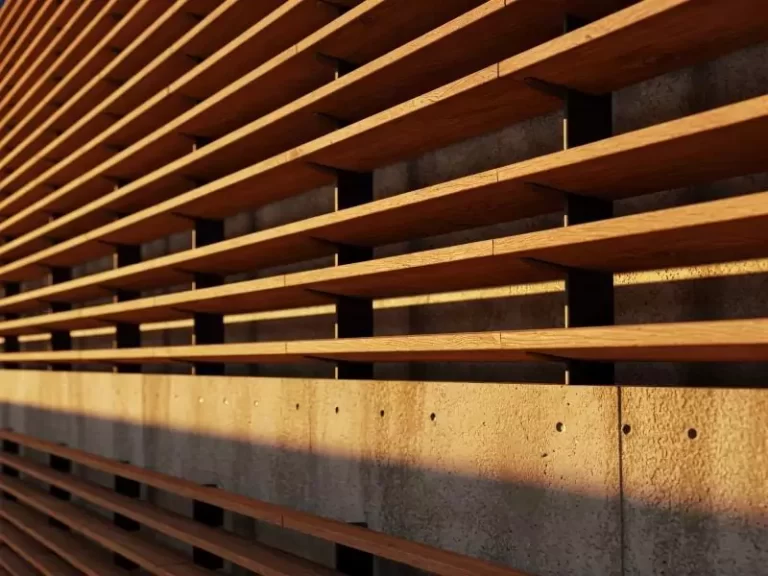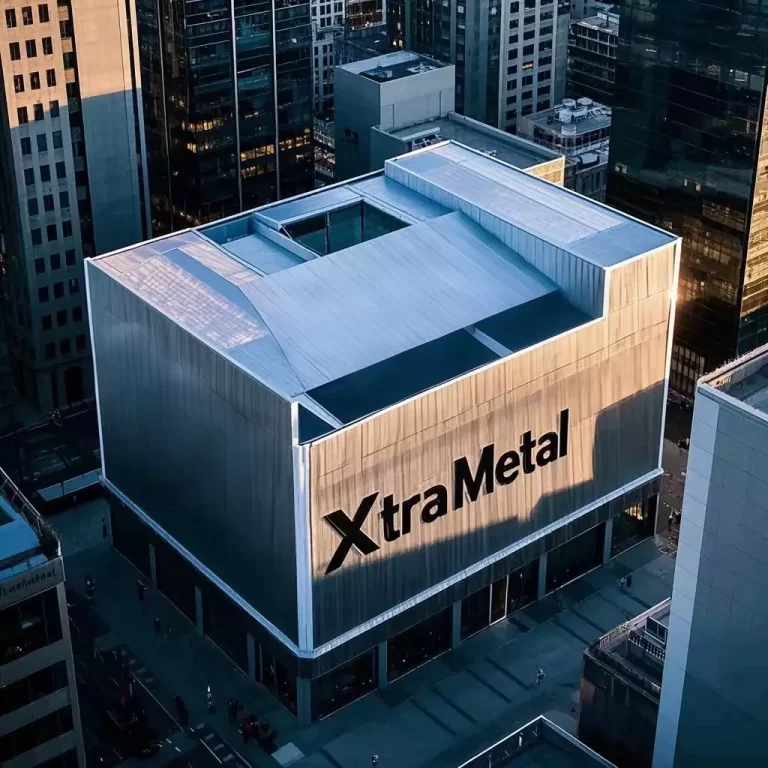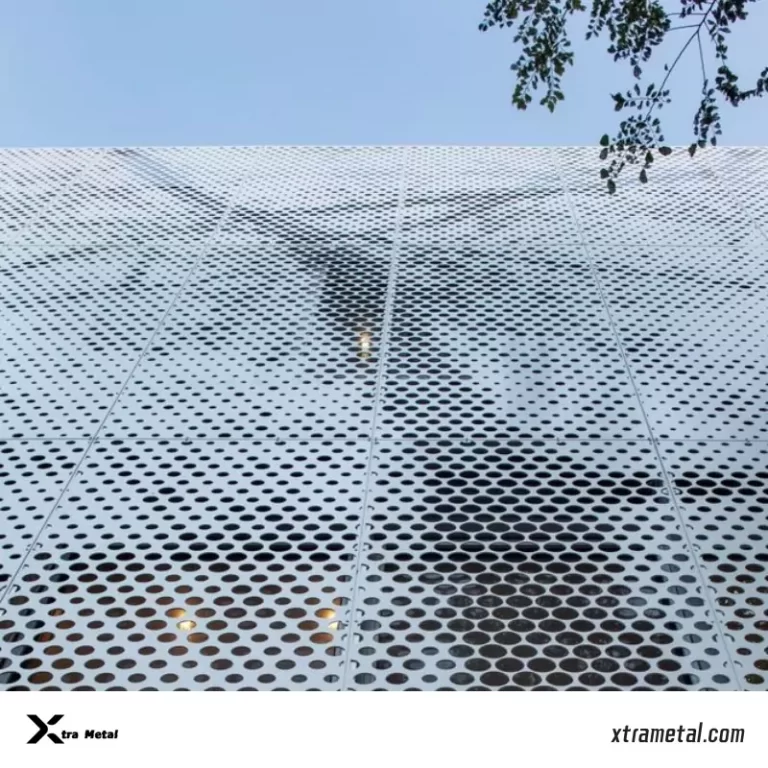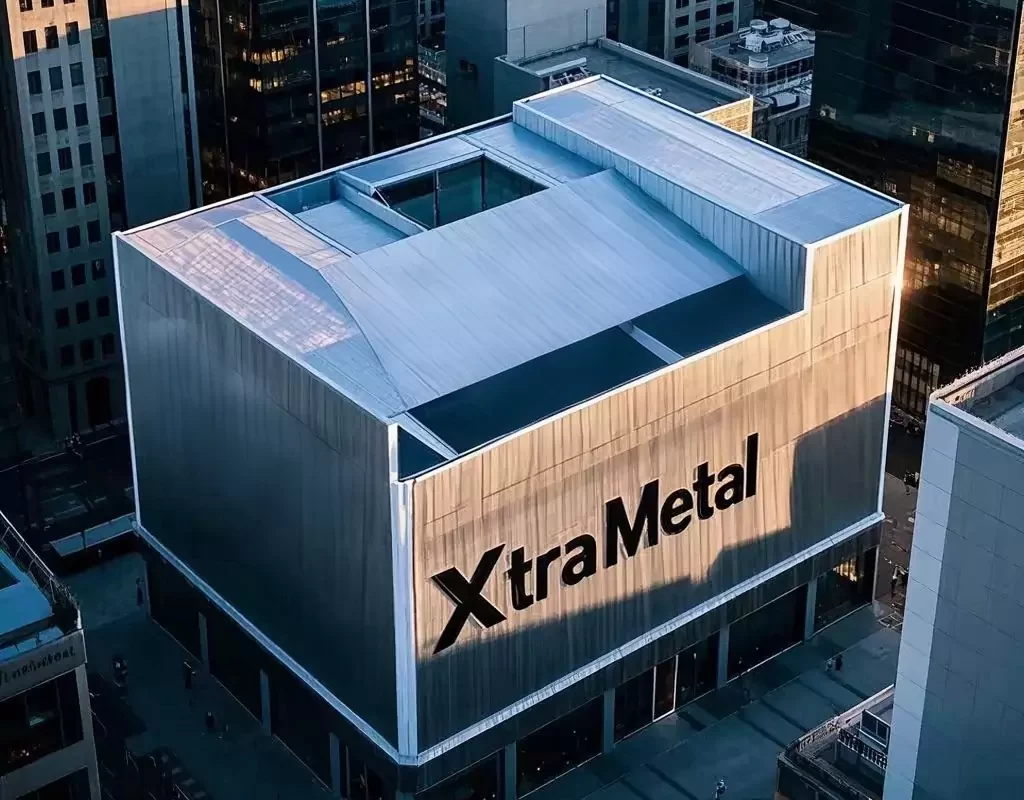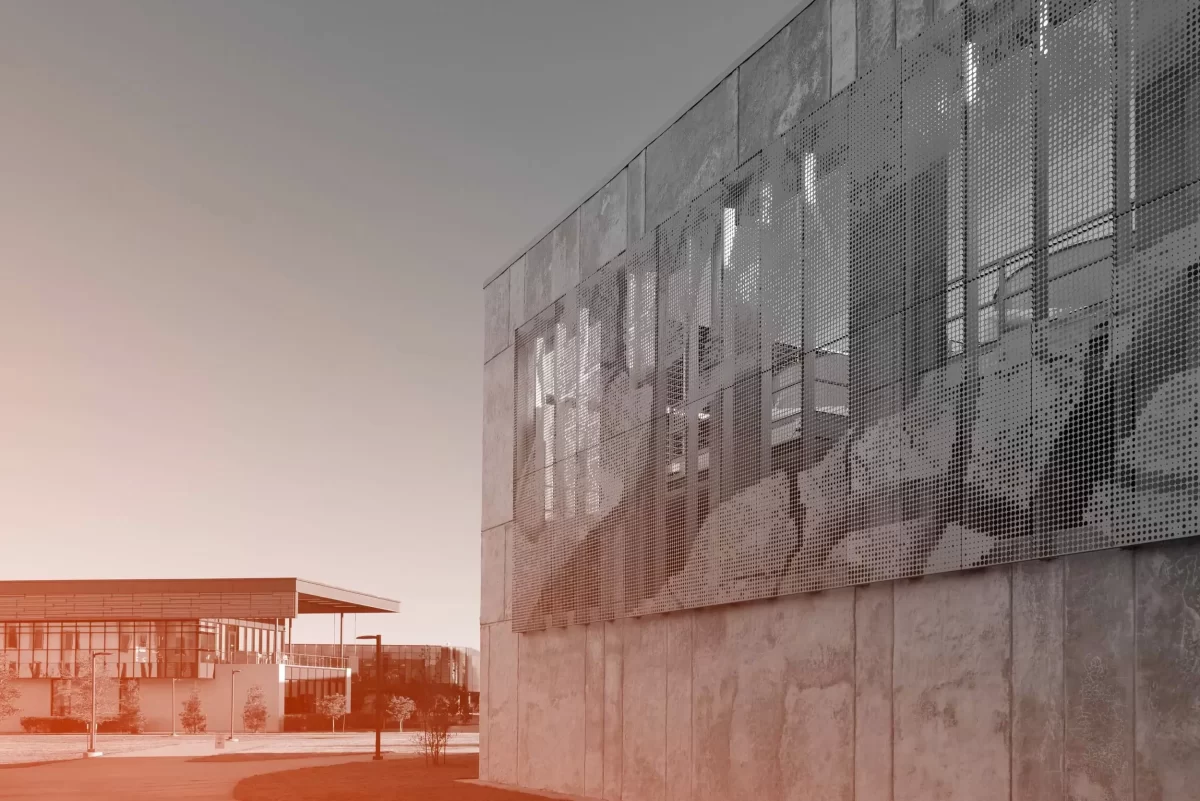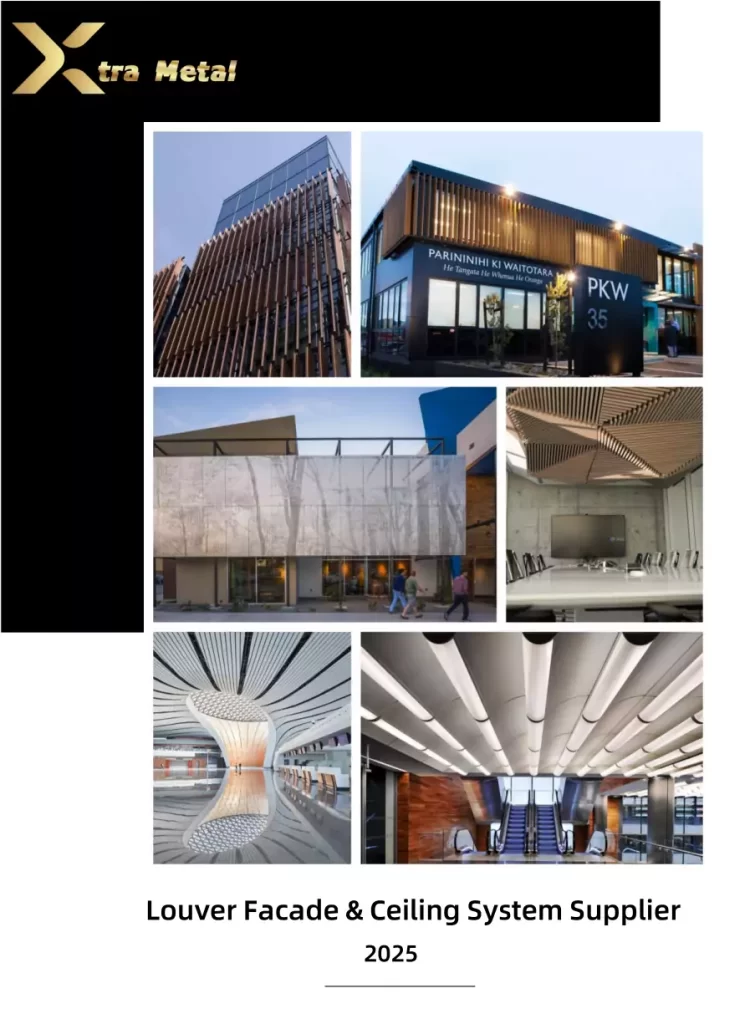Vertical louvers are slats placed vertically on a building’s outside. They help control airflow, manage natural light, and ensure privacy. These features are vital in modern architecture, especially for energy-efficient designs. By lessening the need for artificial lighting and HVAC systems, vertical louvers make spaces more sustainable and comfortable. Whether for a commercial high-rise or a coastal villa, these louvers bring both utility and style.
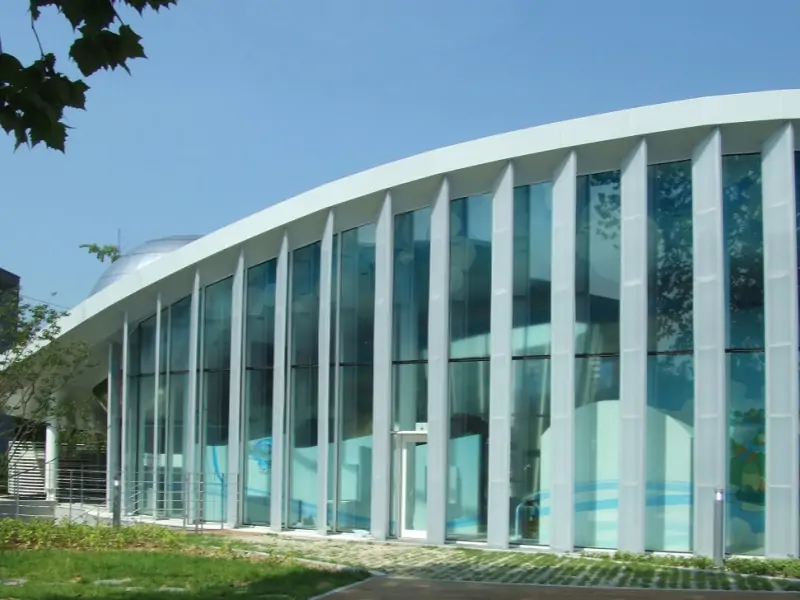
History of Vertical Louvers
Louvers facade has been around for a super long time, even since the Middle Ages! Back then, they were often simple wooden slats on kitchen roofs to let out smoke and steam but keep rain and snow out(Wikipedia: Louver).. Over the years, people started making them with stronger materials. Now, many vertical louvers are made from materials like aluminum, which is strong and doesn’t rust easily.
How Vertical Louvers Work
Vertical louvers control airflow and block unwanted elements like rain, debris, and sunlight. Their vertical blades guide water down, stopping it from entering the building, while still allowing air to flow. This design is perfect for areas with heavy rain or strong winds.
Compared to horizontal louvers, which are better at deflecting rainwater, vertical louvers:
· Resist Wind-Driven Rain: Perfect for coastal or stormy climates.
· Require Less Maintenance: Fewer drainage issues than horizontal designs.
· Offer Design Flexibility: Blend seamlessly with modern facades.
Key Characteristics of Vertical Louvers
Vertical louvers possess several defining characteristics that distinguish them from other shading.
· Blade Orientation: The most fundamental characteristic is the vertical alignment of the blades. This orientation directly influences how the louvers interact with sunlight throughout the day, how they manage airflow, and their effectiveness against specific weather conditions like wind-driven rain.
· Material Diversity: Vertical louvers are fabricated from a wide array of materials, including aluminum, wood, PVC, and various composites. The choice of material is critical, as it impacts the louver’s durability, aesthetic appearance, maintenance requirements, cost, and suitability for specific environments.
· Size and Scalability: They can be implemented as relatively small window treatments, such as interior vertical blinds for residential patio doors, or scaled up to become dominant features of a building’s exterior, forming extensive vertical louver facade installations that span multiple stories. This adaptability makes them suitable for a vast range of building types and sizes.
· Sight Lines and Privacy:Depending on the blade angle and spacing, vertical louvers can effectively screen interiors from outside view while still permitting occupants to see out and allowing natural light to enter. This makes them an excellent choice for applications where maintaining a connection to the outdoors without compromising seclusion is important.
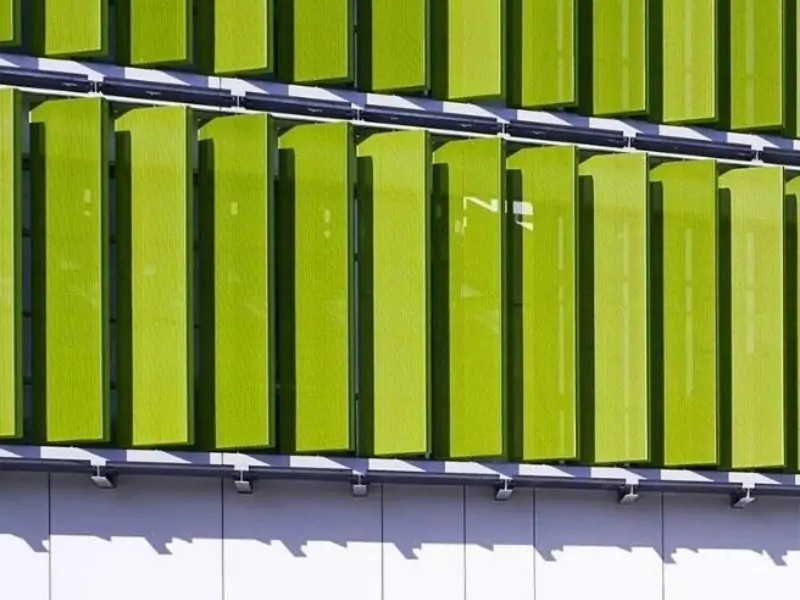
Exploring the Spectrum: Types of Vertical Louvers
Vertical louvers come in various types. If you want a comprehensive overview of the types of louver facade, you can check out our blog. Each tailored to specific needs. Here’s a breakdown:
By Material
The material composition of a vertical louver profoundly influences its appearance, durability, maintenance needs, and cost.
Aluminum Vertical Louvers: Aluminum is a dominant material in modern architectural louvers, especially for exterior applications like architectural vertical louver wall systems and facades. Its popularity stems from its excellent strength-to-weight ratio, inherent corrosion resistance (particularly when properly finished), and high degree of customizability. Aluminum can be extruded into complex blade profiles and finished with a wide array of powder coatings or anodized treatments, offering extensive color and texture options.
o Applications: Commonly used for exterior building facades, sunshades, window and door protection systems, and in both commercial and contemporary residential architecture.
o Pros: Exceptional longevity, minimal maintenance requirements, high design flexibility, and recyclability.
o Cons: The initial cost can be higher than some alternatives like PVC or certain woods. The production of primary aluminum is also energy-intensive, although this is offset by its durability and recyclability.
Wood Vertical Louvers: Wood offers a natural aesthetic, bringing warmth and a tactile quality to vertical louver installations. It possesses good inherent insulation properties. However, wood presents challenges, particularly for large, unsupported spans where bowing or twisting can occur if not adequately engineered. It also requires regular maintenance, such as sealing and refinishing, to protect against weathering, moisture, insects, and rot, especially in exterior applications.
o Applications: Popular for residential features, interior design elements, and in architectural styles that emphasize natural materials or biophilic design.
o Pros: Unique aesthetic appeal, natural and renewable material (if sustainably sourced).
o Cons: Higher maintenance demands, susceptibility to environmental factors if not properly treated or if unsuitable wood species are chosen, potential for dimensional instability (warping, bowing) , and often higher cost for quality hardwoods and proper finishing.
PVC and Vinyl Vertical Louvers: Polyvinyl chloride (PVC) and vinyl are commonly used for interior vertical louvers, often seen as vertical blinds for sliding glass doors and large windows. These materials are cost-effective, lightweight, easy to clean, and offer good moisture resistance, making them suitable for areas like kitchens or bathrooms.
o Applications: Primarily interior window coverings, patio door blinds.
o Pros: Affordable, very low maintenance, good for humid environments.
o Cons: Generally offer a less premium aesthetic compared to aluminum or wood, may not be suitable for demanding exterior architectural applications due to potential for UV degradation and brittleness over extended periods if not specifically formulated for such use.
Polyurethane/Composite Vertical Louvers: High-density polyurethane and other composite materials are increasingly used for both decorative and functional exterior vertical louvers. These materials can effectively mimic the appearance of wood but offer superior durability and significantly lower maintenance. They are resistant to moisture, insects, and rot.
o Applications: Decorative gable vents, non-venting and venting architectural accents, and other exterior trim elements.
o Pros: Highly durable, very low maintenance, Excelente resistência ao tempo, versatile in design and can be painted.
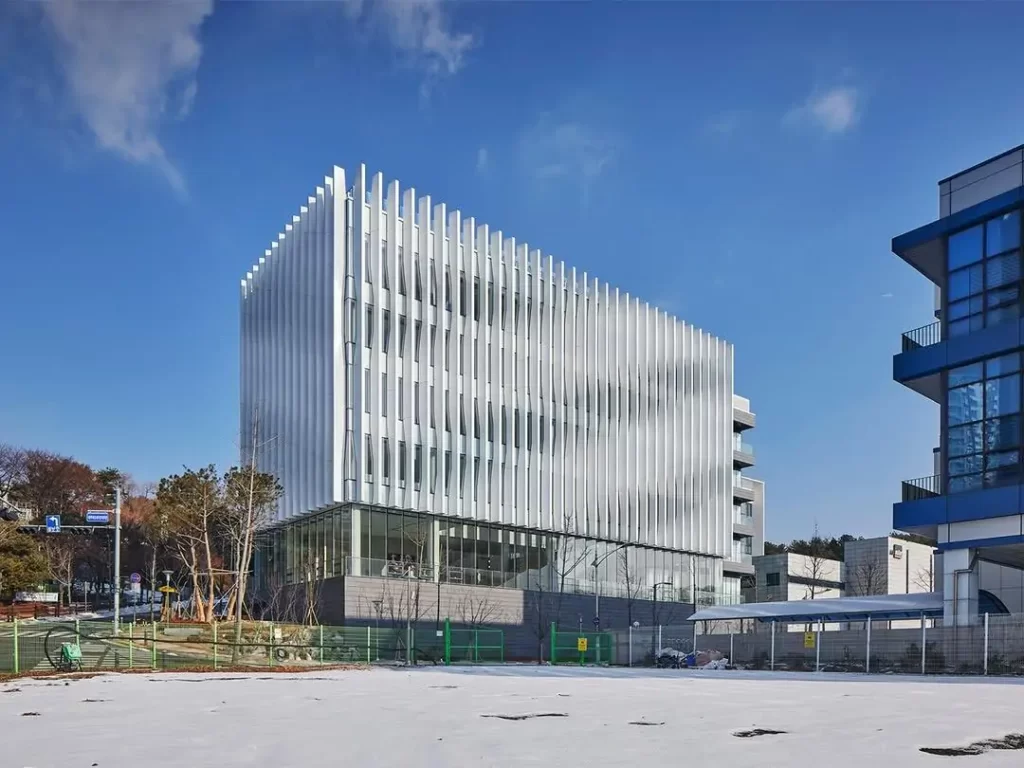
Table: Comprehensive Material Comparison for Vertical Louvers
| Material (Examples) | Durability/ Lifespan (Years) | Typical Cost Range (Installed) | Maintenance Level (1-Low, 5-High) | Sustainability/Eco-friendliness | Aesthetic Options/ Customization | Resistance to Elements (UV, Moisture, Pests) | Structural Considerations (Weight, Span) |
| Aluminum (Architectural Grade) | 30-50+ | Moderate to High | 1-2 | Highly recyclable; production energy-intensive. | Excellent: wide color/finish range, complex profiles. | Excellent UV, moisture, pest resistance. | Lightweight yet strong; good for long spans. |
| Wood (Cedar, Redwood – Treated) | 15-30+ (with maintenance) | Moderate to High | 4-5 | Renewable (if sustainably sourced); requires treatments. | Excellent: natural grain, can be stained/painted. | Moderate moisture/pest (if treated); UV affects finish. | Heavier than aluminum; span limited by species to avoid bowing. |
| Wood (Pine, Fir – Treated) | 10-20 (with maintenance) | Low to Moderate | 4-5 | Renewable (if sustainably sourced); requires treatments. | Good: can be stained/painted. | Lower moisture/pest resistance than hardwoods. | Similar to other woods; prone to issues if not well-selected. |
| Plywood + Veneer (Exterior Grade) | 10-20+ (with maintenance) | Moderate | 3-4 | Depends on core/veneer sourcing; adhesives. | Good: mimics solid wood, can be finished. | Good if well-sealed; edges vulnerable. | More stable than solid wood for wide panels; splicing for height. |
| uPVC (Exterior Grade) | 15-25 | Low to Moderate | 1-2 | Recyclable but petroleum-based; UV stabilizers important. | Limited color/finish; can look less premium. | Good UV (if treated), moisture, pest resistance. | Leve; may become brittle over time. |
| Polyurethane/Composite | 20-30+ | Moderate | 1-2 | Often petroleum-based components; some use recycled content. | Very good: mimics wood, can be painted, diverse designs. | Excellent UV, moisture, pest resistance. | Lightweight to moderate; good stability. |
| Steel (Galvanized/Stainless) | 30-50+ | High | 2 (Stainless) to 3 (Galv.) | Recyclable; production energy-intensive. | Industrial/modern aesthetic; can be painted. | Excellent moisture/pest (Stainless); Galv. good. | Very strong but heavy; requires robust support. |
| Glass (Tempered/Laminated) | 30-50+ | Very High | 2 | Recyclable; production energy-intensive. | Modern, transparent/translucent options. | Excellent UV, moisture, pest resistance. | Heavy; requires specialized framing. |
By Function/Design
Beyond material, vertical louvers are categorized by their operational design and specific performance characteristics.
· Fixed vs. Operable/Adjustable Louvers: As previously discussed, fixed louvers offer consistent performance, while operable systems provide dynamic control over light, air, and privacy. The choice depends on the specific needs for environmental modulation and budget.
· Drainable Louvers: These are engineered with features like profiled blades and integrated channels to effectively manage and drain rainwater, crucial for maintaining weather-tightness in exterior applications.
· Wind-Driven Rain Louvers: A specialized category of high-performance louvers.These louver resist water penetration even under conditions of high wind speeds and heavy rainfall. These typically feature complex blade profiles designed to separate water from the airstream.
· Sand Louvers: Specifically designed for arid or desert environments, these louvers prevent the infiltration of sand and dust while still allowing for necessary ventilation. Their blade design creates a tortuous path that causes particulate matter to lose momentum and drop out of the airflow.
· Acoustic Louvers: Acoustic louvers incorporate sound-absorbing materials or specific blade geometries to reduce noise transmission, useful near loud equipment or in urban environments.
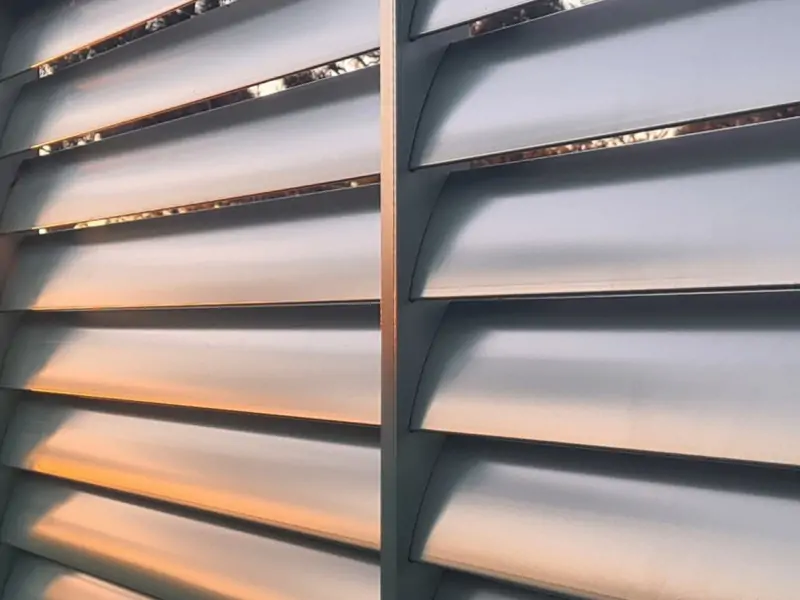
Versatile Applications: Where are Vertical Louvers Used?
The adaptability of vertical louvers allows them to be employed in a remarkably diverse range of applications, spanning architectural facades, window and door treatments, HVAC system integration, outdoor living spaces, and interior design.
· Architectural Facades : vertical louvers are increasingly used to create dynamic and responsive building envelopes on commercial buildings (offices, retail centers), institutional structures (schools, hospitals), and contemporary residential projects. As a primary facade element, they contribute to solar control, natural ventilation strategies, and establish a unique architectural identity. Materials like aluminum are frequently chosen for their durability and design flexibility in these large-scale applications.
· Window and Door Treatments: Vertical louvers serve both exterior and interior roles for windows and doors.
o Exterior: They can function as effective sunshades, reducing heat gain and glare, or as security screens providing an additional layer of protection.
o Interior: Commonly known as vertical blinds, they are a popular choice for covering large windows, sliding glass doors, and patio doors, offering adjustable light control and privacy.
· HVAC System Integration and Equipment Screening: Functionally, vertical louvers are essential for ventilation intakes and exhausts in HVAC systems, allowing necessary airflow while protecting openings from weather and debris. They are also widely used for screening mechanical equipment such as rooftop HVAC units, ground-level generators, dumpsters, and utility areas, concealing them from view while ensuring adequate ventilation.
· Outdoor Living Spaces: In residential and commercial settings, vertical louvers enhance outdoor living areas like patios, pergolas, and gazebos. They can provide adjustable shade, create privacy from neighbors, and allow for airflow control, making these spaces more comfortable and usable. Hand-operable aluminum louver systems are particularly suited for such applications.
· Interior Design Elements: They can function as stylish room dividers, feature walls adding texture and depth, or even as unique closet doors, as inspired by DIY project discussions. They offer a means to define zones within open-plan spaces or introduce a distinctive visual element.
· Specialized Applications: The unique performance characteristics of certain vertical louver types make them ideal for specialized applications:
o Coastal Buildings: Their ability to resist wind-driven rain is highly valued in coastal regions prone to harsh weather.
o Desert Environments: Sand louvers are crucial for protecting building interiors and mechanical systems from airborne sand and dust in arid climates.
o Industrial Facilities: Used for robust ventilation, protection of equipment, and sometimes as safety barriers in industrial settings.
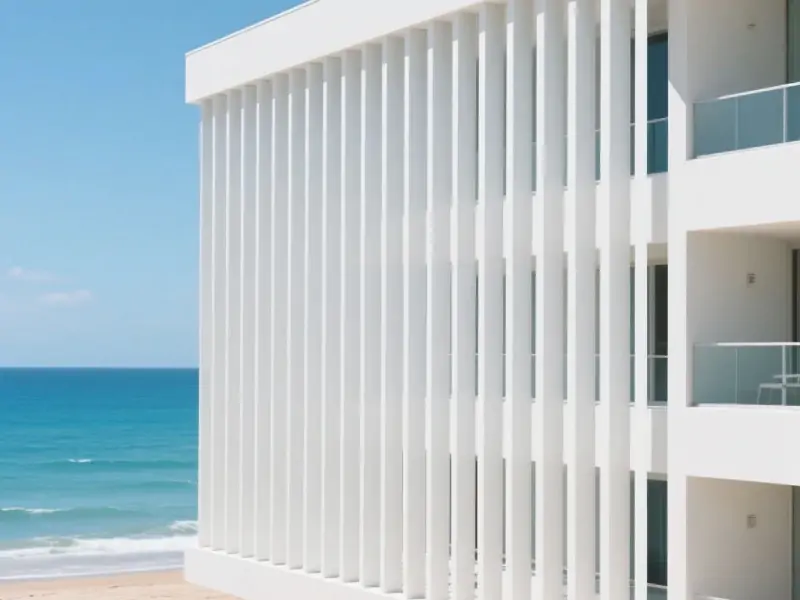
Vertical Louvers vs. Horizontal Louvers: A Comparative Analysis
Choosing between vertical and horizontal louvers is a common decision in building design. Each orientation has strengths and weaknesses that suit different applications. Comparing their key factors can help determine the right type for your needs.
The table below summarizes these key attributes for a quick look.
| Feature | Vertical Louvers | Horizontal Louvers |
| Water Deflection (General Rain) | Good, but may be slightly less effective than horizontal for direct falling rain. | Generally very good at shedding falling rain from blade to blade. |
| Wind-Driven Rain Resistance | Often superior, especially specialized designs. Excellent at channeling water away. | Can be effective, but may allow more ingress under high wind pressure unless specifically designed. |
| Sand/Debris Resistance | Generally better; less surface for particles to settle. | More prone to accumulation of dust, sand, and debris on blade surfaces. |
| Maintenance & Cleaning | Tend to collect less dust; easier to clean. | Can accumulate more dust; cleaning may be more involved. |
| Aesthetics & Visual Impact | Can create a sense of height, modernity, dynamism. | Often perceived as restful, stable, traditional. |
| Light Control Patterns | Effective for low-angle sun (east/west exposures); creates vertical shadow patterns. | Effective for high-angle sun (south exposures in Northern Hemisphere); creates horizontal shadow patterns. |
| Airflow Characteristics | Can provide excellent ventilation; airflow patterns differ. | Can provide excellent ventilation; airflow patterns differ. |
| Common Applications | Architectural facades, wind-driven rain protection, specific aesthetic goals, equipment screening. | General ventilation, sun shading, equipment screening, traditional architectural styles. |
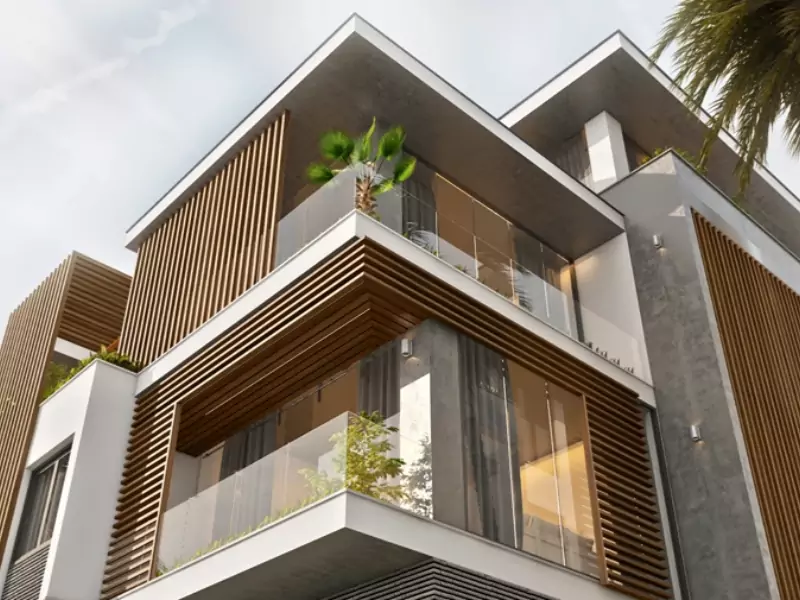
Maintaining Your Investment: Care and Longevity of Vertical Louvers
Proper maintenance is key to preserving the appearance, functionality, and lifespan of any vertical louver system. While some materials and designs are inherently lower maintenance than others, regular care will help protect the initial investment and ensure the louvers continue to perform effectively for years to come.
General Cleaning Tips:
Regardless of material, most vertical louvers benefit from regular cleaning to remove accumulated dust, dirt, pollen, and other airborne contaminants.
Dusting: For interior louvers and accessible exterior ones, regular dusting with a soft cloth, duster, or vacuum cleaner with a brush attachment is often sufficient.
Washing: Exterior louvers may require periodic washing. Vertical blades tend to collect less dust than horizontal ones and are generally easier to clean. For many materials, a simple wash with mild detergent and water, followed by a rinse, is adequate. Always check manufacturer recommendations before using any cleaning agents.
Material-Specific Maintenance:
Aluminum Louvers: Typically very low maintenance due to aluminum’s corrosion resistance, especially when powder-coated or anodized. Periodic cleaning is usually all that’s required. Inspect for any loose fittings or damage to the finish. Clean powder-coated surfaces gently to avoid scratching.
Wood Louvers: These require the most attention, particularly in exterior applications. Periodic inspection for signs of wear, moisture ingress, rot, or insect activity is crucial. Cleaning should be followed by re-sealing, re-staining, or re-painting as needed to maintain the protective finish and prevent degradation. The frequency will depend on the wood species, quality of the initial finish, and exposure to the elements.
PVC and Vinyl Louvers: Very easy to maintain. Simple cleaning with a mild detergent and water is usually sufficient. Avoid abrasive cleaners that could scratch the surface.
Polyurethane/Composite Louvers: Similar to PVC, these are generally low maintenance and can be cleaned with mild soap and water.
Operable Systems: Louvers with moving parts (manual or motorized) require additional attention. Periodically check for smooth operation. Lubricate hinges, pivots, and linkage mechanisms as recommended by the manufacturer. For motorized systems, inspect wiring and motor housings for any signs of wear or damage, and ensure control systems are functioning correctly.
Inspecting for Common Issues:Regularly inspect the louver system for:
Physical damage to blades or frames (dents, cracks, warping).
Loose or missing components (fasteners, end caps).
Blockages in drainage channels (for weather-resistant louvers) could impede water runoff.
Malfunctioning operators or controls in adjustable systems.
Corrosion or degradation of finishes.
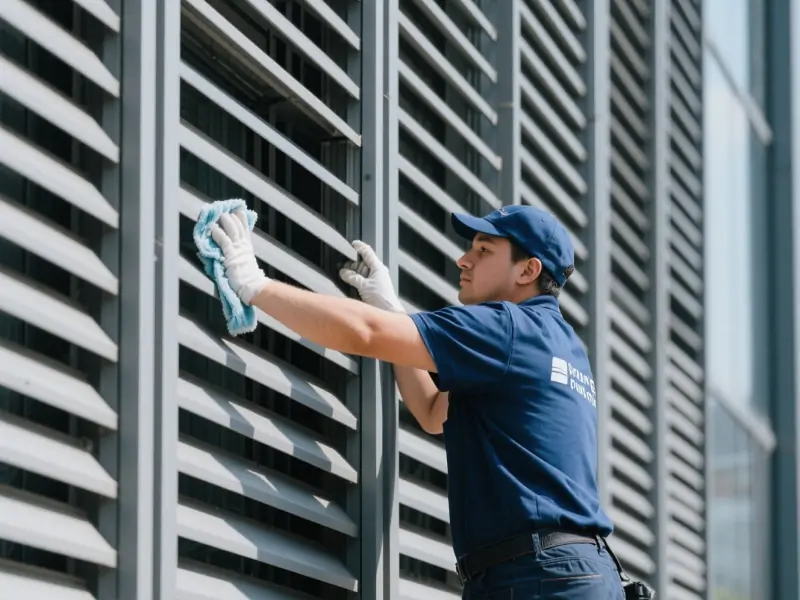
Perguntas frequentes (FAQs) About Vertical Louvers
This section addresses some of the most common and practical questions that arise when considering vertical louvers, drawing upon the information presented throughout this guide.
· Q1: How much do vertical louvers typically cost?
o A: The cost varies dramatically based on material, size, system complexity (fixed vs. operable, manual vs. motorized), customization, brand, and installation. Interior PVC vertical blinds are the most affordable, potentially costing tens to a few hundred dollars per window. Architectural systems, especially custom aluminium vertical louver facade installations, can range from several tens to hundreds of dollars per square foot.
· Q2: Can vertical louvers completely block out light (blackout)?
o A: Yes, some vertical louver systems can achieve near-blackout conditions. This depends on the blade design (Por exemplo, overlapping or S-shaped vanes), the material (opaque materials like PVC or solid aluminum), and the precision of the installation to minimize light gaps around the edges. Interior PVC vertical blinds are often available in “room darkening” or “blackout” options. For exterior architectural louvers, tight-fitting operable systems can provide excellent light blockage when fully closed.
· Q3: Are vertical louvers better than horizontal louvers for storm protection?
o A: For wind-driven rain, specialized vertical louvers are generally considered superior to standard horizontal louvers. Their vertical channels are more effective at directing wind-blown water away. However, for general falling rain without significant wind, horizontal louvers may shed water more readily from blade to blade. The best choice depends on the specific storm conditions anticipated.
· Q4: What is the easiest type of vertical louver to maintain?
o A: Generally, vertical louvers made from aluminum or PVC/vinyl are the easiest to maintain. Aluminum is corrosion-resistant and typically only requires periodic cleaning. PVC is also easy to wipe down. Vertical blades also tend to collect less dust than horizontal ones. Wood louvers require the most maintenance.
· Q5: Can I install exterior vertical louvers myself?
o A: It depends on the system’s complexity and your DIY skills. Small, fixed decorative panels or simple interior vertical blinds may be DIY-friendly. However, large vertical louver facade systems, complex operable louvers, or installations requiring structural modifications or work at height should typically be handled by professional installers. Challenges with large DIY projects, such as ensuring structural integrity and sourcing appropriate hardware, have been noted.
· Q6: What are the main benefits of an aluminium vertical louver facade?
o A: An aluminium vertical louver facade offers numerous benefits including excellent durability and longevity, low maintenance, high resistance to corrosion and weather, extensive design flexibility (cor, finish, blade profile), lightweight construction (reducing structural load on the building), and good recyclability. Functionally, it provides effective solar control, can contribute to natural ventilation, enhances privacy, and significantly boosts the building’s aesthetic appeal.
· Q7: How long do vertical louvers last?
o A: Lifespan varies greatly by material, quality of construction, installation, climate, and maintenance. Well-maintained architectural aluminum louvers can last 30-50 years or more. High-quality treated wood might last 15-30 years with diligent upkeep. PVC and composites can last 15-25+ anos.
Conclusion:
Looking to add vertical louvers to your next project? Xtra Metal Group provides custom aluminum louver systems with 30 years of experience. Contact us today to learn more about our solutions. You can also check our cluster pages for insights on facade design and sustainable materials.
